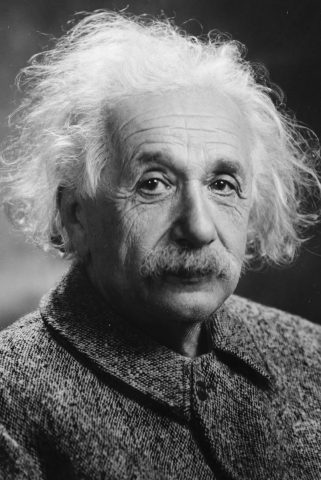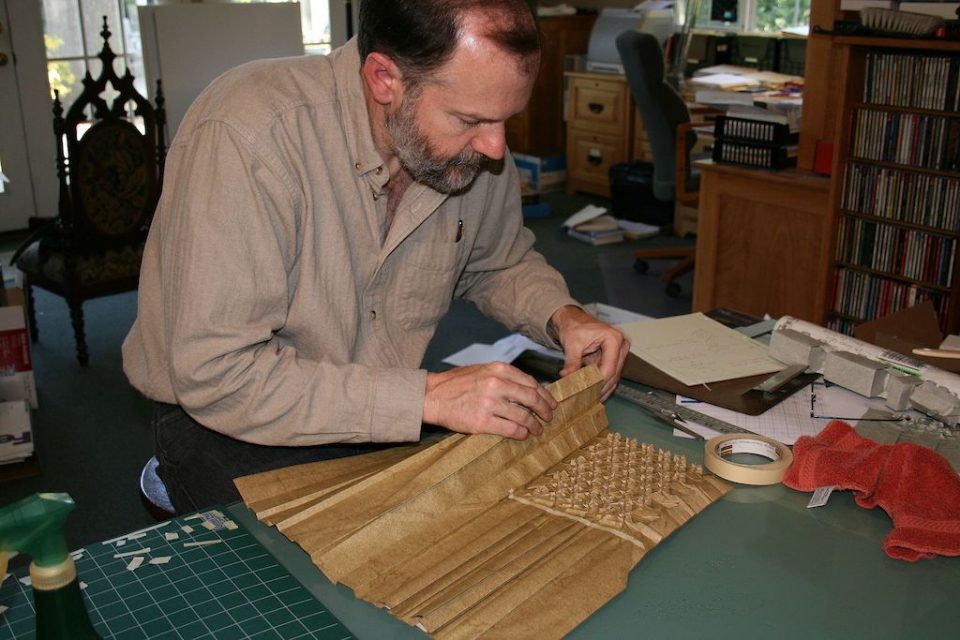Albert Einstein, a serious case of productivity

International Women’s Day 2020
March 5, 2020
How to become a social media influencer
March 17, 2020
Albert Einstein is recognized as one of the twentieth century’s greatest scientists. March 14 is the 141 anniversary of his birth and, to mark the occasion, Business Optimizer takes a look at his extraordinary contribution to theoretical physics.
Albert Einstein might be best known for his equation e = mc2 and some Internet quotes of dubious provenance, but his work changed our understanding of time and space and continues to inform and inspire the work of modern physicists.
Einstein’s Swiss education
Einstein was born in 1879 in Ulm, a city on the bank of the Danube in the state of Wűttemberg, at the time a constitutional monarchy within the German Empire. Soon after his family moved to Munich, where Einstein began his early education before moving to Switzerland to train as a teacher in physics and mathematics at the Swiss Federal Polytechnic School in Zurich in 1896.
Although he gained both Swiss citizenship and his diploma in 1901, Einstein was unable to secure a teaching post, so he accepted a position as a technical assistant at the Swiss patent office.
It was during his stint at the patent office that Einstein produced much of his most influential work. He gained his Ph.D. in physics in 1905 and, in the same year, published four ground-breaking papers: one on the photoelectric effect, one on Brownian motion, and two outlining his theory of special relativity (from which we know his famous equation showing the equivalence between mass and energy).
A world-famous theoretical physicist
Einstein spent the next decade fulfilling a variety of university teaching posts in Berne, Zurich and Berlin, becoming a German citizen in 1914. In 1915 he published a further four papers which outlined his theory of general relativity. This work updated Newton’s laws of gravity to incorporate his own theory of special relativity.
Einstein argued that, because space and time are interwoven in a continuum, what we perceive as the force of gravity between two masses arises from their warping of space and time; that time means more slowly when gravity is stronger; and that the universe is expanding.
In 1921, Einstein was awarded the Nobel Prize in physics for his work on the photoelectric effect, although the committee also commended his services to theoretical physics. At the time, this award was controversial, with anti-Semitism on the rise in Europe and relativity not yet fully accepted by the full weight of the scientific community.
However, Einstein’s work was validated by the work of British astronomer Arthur Eddington in 1919, when he showed that the light of stars on the edge of the sun during a solar eclipse was bent by the sun’s gravitational well, and then by astronomer Edwin Hubble in 1929 when he confirmed the universe is expanding.
Einstein becomes a US citizen
By 1933, Hitler was rising to power and Einstein fled Germany, moving to the USA and renouncing his German citizenship. He took the post of professor of theoretical physics at Princeton University in New Jersey and became a US citizen in 1940.
During this time, the Danish physicist Niels Bohr began setting out the laws of quantum mechanics, clashing with Einstein over whether quantum particles behaved according to probabilistic laws.
Einstein retired in 1945 but continued to work on a unified field theory which would allow him to unify gravity with electromagnetism. He died on April 18, 1955 without completing the work.




